The Timeless Redhead Who Captivated French Cinema and Reinvented Herself Beyond the Spotlight
Marlène Jobert is one of those rare figures whose presence lingers long after the credits roll. With her bright red hair, mischievous smile, and a spark that could light up an entire theater, she dominated French cinema through the ’60s and ’70s, shifting effortlessly from thrillers to comedies, from emotional dramas to playful romance. Today, she stands as a cherished icon—an actress-turned-author whose storytelling continues to inspire new generations. Her journey is one of reinvention, resilience, and that unmistakable French charm that made her unforgettable.
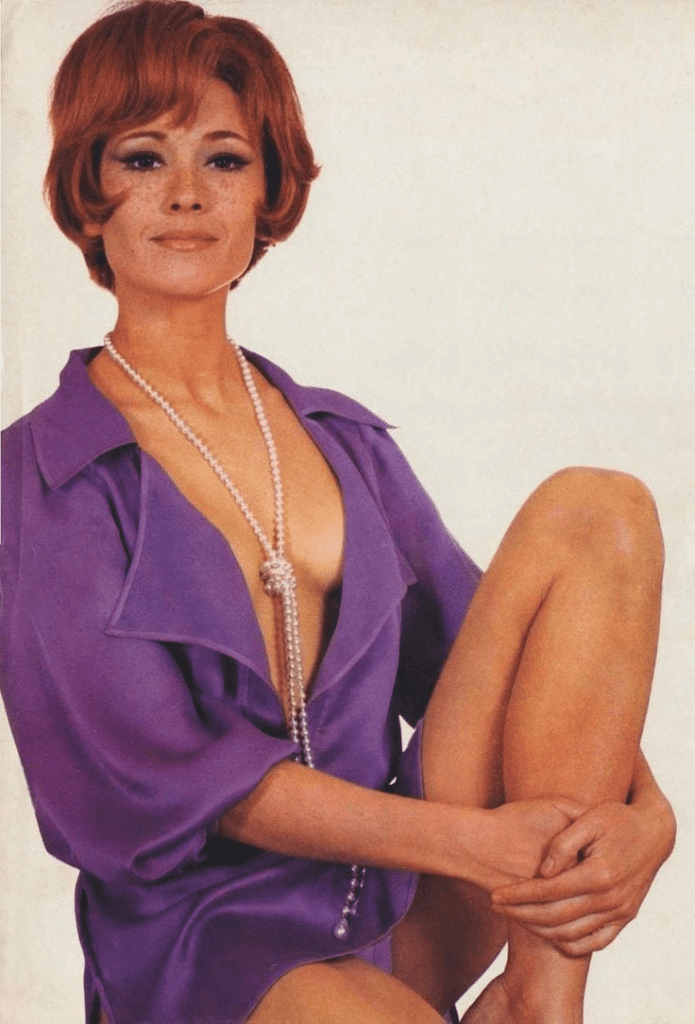
Let’s dive into her world, her evolution, and her enduring legacy.
Algerian Beginnings: Where Marlène Jobert’s Story First Took Root
Picture a little girl running through sunlit markets in Algiers, surrounded by spices, music, and the everyday magic of North Africa. That little girl was Marlène Jobert, born on November 4, 1940. Her father worked as a pilot in the French Air Force, while her mother carried the warmth of her Sephardi Jewish roots. Their home buzzed with dual identities—French and Algerian, old tradition and youthful curiosity.

When the family moved to France in 1948, young Marlène found herself trading palm trees for European winters. But she carried her fire with her. In school, she gravitated toward the arts, discovering a deep love for acting and drawing. Paris became the classroom where she grew her craft, attending top drama institutions and exploring the world of theater.
Her early years were full of auditions, rejections, breakthroughs, and the kind of hunger only an emerging artist understands. She wasn’t just chasing a career—she was chasing a calling.
Video : Marlène Jobert – Best movies
A Rising Star: How Marlène Jobert Burst Onto French Screens
Her career took off quickly in the mid-1960s. At first, she appeared on stage and television, but cinema called her name loudest. In 1966, she landed a brief yet memorable role in Jean-Luc Godard’s Masculin Féminin, a film that positioned her at the heart of French New Wave culture. Critics noticed her freshness, her wit, and the emotional depth she packed into every scene.
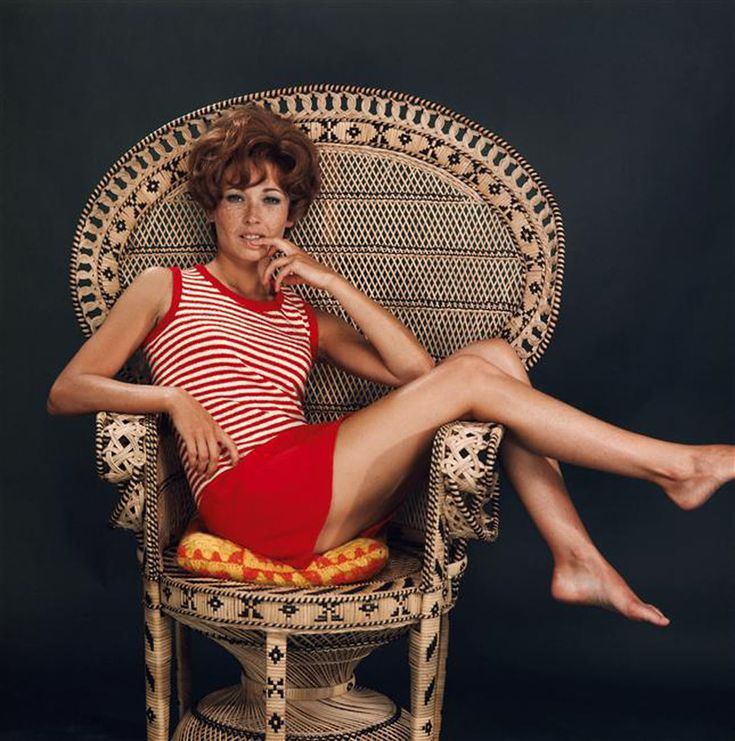
But 1968 was her real breakout year. She starred in comedies and dramas that showcased her versatility, including L’Astragale and the wildly entertaining Faut pas prendre les enfants du bon Dieu pour des canards sauvages. That same year, she began shaping the persona that audiences would adore—vulnerable yet strong, quirky yet grounded, funny yet undeniably compelling.
Her filmography expanded rapidly. And soon, international filmmakers took note.
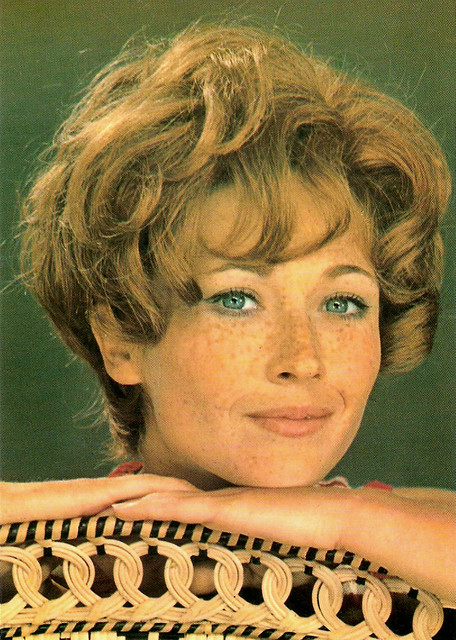
Iconic Roles: The Performances That Defined Marlène Jobert’s Golden Era
The 1970 thriller Rider on the Rain elevated Marlène Jobert to a global audience. Paired with Charles Bronson, she delivered a performance packed with mystery, tension, and emotional nuance. The film earned major awards, and Marlène’s portrayal was praised for its subtle strength—proof that she could shine in any genre.
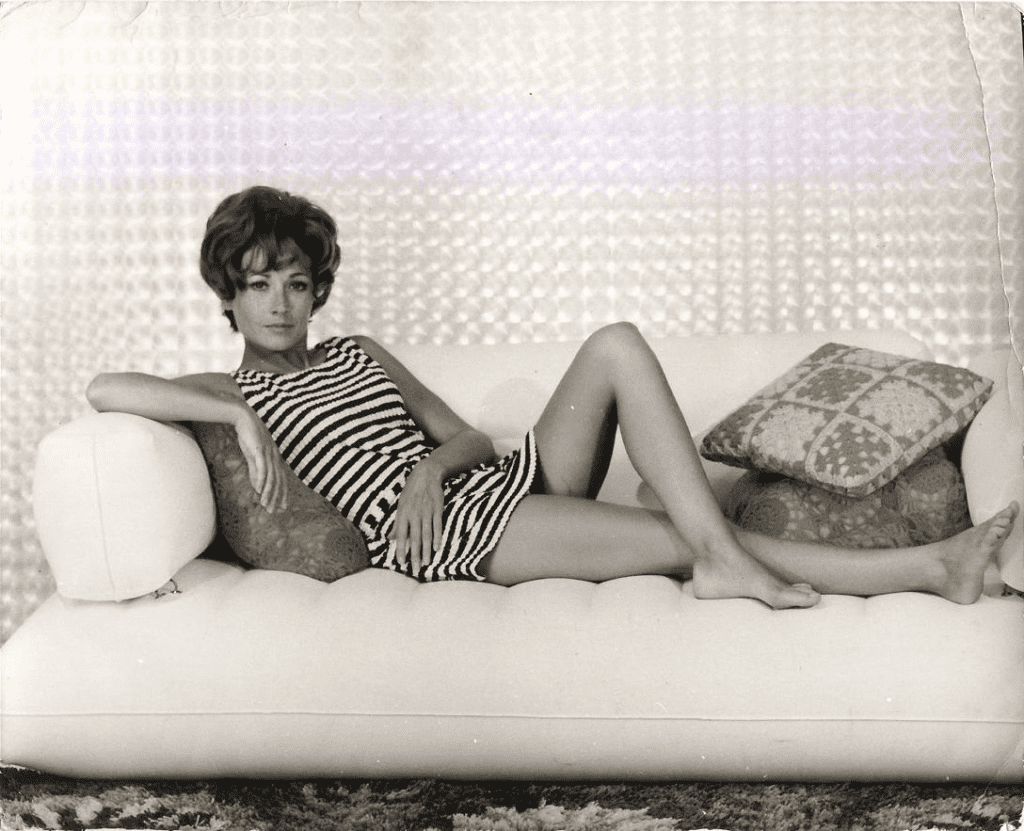
More hits followed. She joined Jean-Paul Belmondo in Les Mariés de l’an II, embraced darker psychological roles in Claude Chabrol’s films, and charmed audiences in comedic adventures with co-stars like Kirk Douglas. In each project, she carried her signature blend of sophistication and relatability.
Her biggest impact? She wasn’t typecast. She didn’t belong to just one category. She was the kind of artist who slipped into a character like a second skin, making audiences forget the line between fiction and reality.

Over time, awards and accolades began stacking up—including a well-deserved Honorary César that honored her remarkable contribution to French cinema.
From Actress to Author: Marlène Jobert’s Second Life in Storytelling
By the late 1980s, Marlène sensed a shift in her heart. The spotlight wasn’t calling her as loudly as storytelling itself. So she reinvented herself—this time as a writer.
Her children’s books became instant favorites. Filled with colorful characters, gentle lessons, and heartwarming humor, they carried the same spark that defined her film roles. Kids adored her. Parents trusted her. Teachers embraced her stories in classrooms across France.

She also began narrating audiobooks, bringing classic tales to life with her soothing, expressive voice. Whether explaining Mozart’s melodies or guiding children through fairy-tale adventures, she created a new form of magic—one not tied to cameras or scripts.
This reinvention revealed something important about Marlène: she wasn’t afraid to step away from fame to pursue something that felt more meaningful.
Video : Marlène Jobert – Hey Amore
Family First: The Heartwarming Side of Marlène Jobert
Behind her public life was a deeply rooted love for family. She married Swedish dentist Walter Green, a quiet and grounding presence. In 1980, she became a mother to twin daughters—Eva and Joy—both of whom grew into women with their own unique paths.
Eva Green would go on to become a global star, known for roles in Casino Royale and Penny Dreadful. Joy pursued a life away from cameras, working with horses and building a peaceful life in Italy. Marlène beams with pride at both of them, often describing motherhood as her most important and rewarding role.
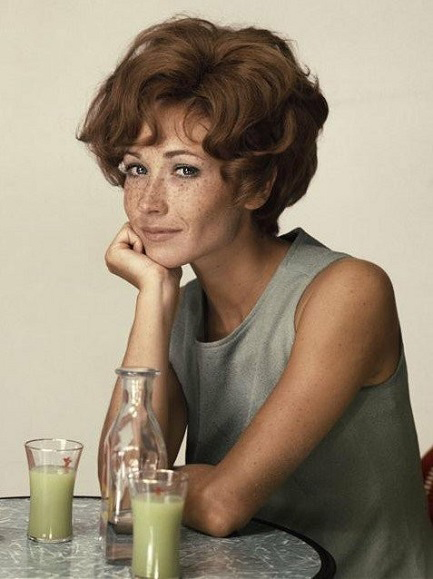
Her extended family includes accomplished relatives in music, film, and television—a creative thread that seems woven into her lineage.
A Quiet Glow: Marlène Jobert’s Life in 2025
Now, at 85, Marlène Jobert enjoys a calm and intentional life. She lives in Paris with her husband, spending her days reading, writing, sharing meals with family, and enjoying calls from her daughters. She occasionally lends her voice to new audiobook projects or speaks publicly about cinema and literature when she feels inspired.

Her creativity hasn’t dimmed—it has simply softened, like a warm candle glowing in a peaceful room. She embodies grace, wisdom, and the quiet confidence of someone who has lived fully and authentically.
Fans still adore her. Young audiences discover her through books. Film lovers revisit her classics. And through it all, Marlène remains a timeless presence.

Conclusion
Marlène Jobert built a life that many dream of—one filled with creativity, reinvention, and emotional honesty. From her Algerian childhood to her rise in French cinema, from her unforgettable roles to her tender children’s books, she has shown how an artist can evolve without ever losing her essence. In 2025, she remains a symbol of elegance, strength, and charm. Her story is proof that legacy isn’t created by spotlight alone; it’s shaped by authenticity, courage, and a passion for telling meaningful stories.
